
A timeless ballad reborn through cinema, “Unchained Melody” proves that true emotion in music never fades — it only finds new voices.
On November 3rd, 1990, Ghost captured audiences worldwide with its mix of romance, tragedy, and supernatural mystery. One unforgettable moment — a pottery scene shared by Patrick Swayze and Demi Moore — became an enduring symbol of movie romance, combining tenderness and the ethereal in a way few films had achieved. The soundtrack to that scene revived a 25-year-old ballad that had long since left the charts: “Unchained Melody.”
The song’s astonishing resurgence remains one of music history’s most remarkable comebacks. Two and a half decades after The Righteous Brothers first recorded their signature rendition, it climbed back to the top of the UK charts on November 3, 1990. This revival, fueled by Ghost’s massive success, reintroduced the song to a generation that had never heard the original. Listeners were captivated by the raw emotion in Bobby Hatfield’s soaring vocals — proof that great music can transcend both time and context.
To appreciate the 1990 phenomenon, it helps to revisit the 1965 recording that made it possible. By the mid-1960s, Bill Medley and Bobby Hatfield had already established themselves as leading voices in the world of “blue-eyed soul.” But when it came to “Unchained Melody,” producer Phil Spector brought a new dimension to their sound. Spector’s hallmark production style — layering instruments, echo, and orchestration to create an immense, resonant backdrop — gave Hatfield’s solo performance a cinematic intensity. Ironically, Spector himself treated the recording as a minor album track, never expecting it to stand out. Yet it was Hatfield’s impassioned vocal arc — rising from quiet restraint to a breathtaking climax — that immortalized the version and made it the definitive interpretation for decades to come.
Few 1990s audiences realized that “Unchained Melody” was already an established classic, first written in 1955 for a prison drama titled Unchained. Composed by Alex North with lyrics by Hy Zaret, the song originally reflected the film’s theme: a prisoner yearning for freedom and reunion with his loved one. Baritone and actor Todd Duncan first performed it in the film, his somber delivery underscoring the emotional core of the story. But the song’s beauty quickly escaped its cinematic origins. Within months, multiple artists recorded their own interpretations — from Liberace’s refined piano instrumental to vocal versions by Jimmy Young and Les Baxter, both of which became popular hits. Even in its first year, “Unchained Melody” revealed its adaptability, becoming a standard that appealed to musicians across genres and generations.
The journey of “Unchained Melody” — from a 1950s film theme to a 1960s soul anthem and finally to a 1990s pop-culture phenomenon — illustrates how genuine emotion outlasts eras and trends. Its melody and message have crossed stylistic and generational lines because longing and love remain universal human experiences. Decades later, the song’s haunting refrain still resonates, reminding listeners that some feelings — and some voices — never fade.

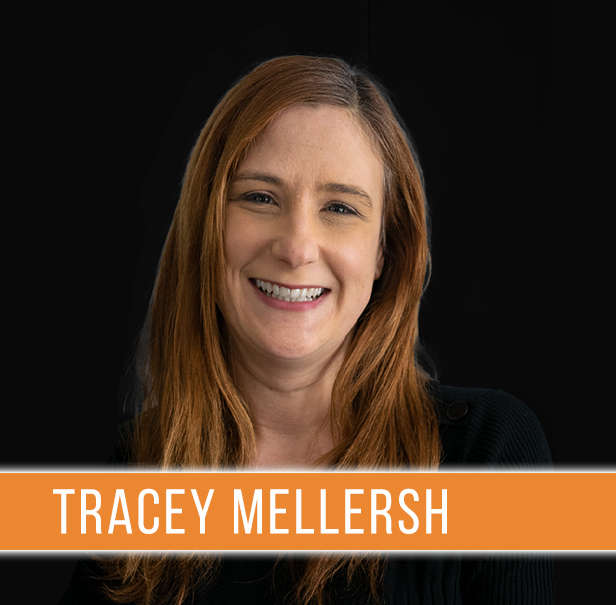

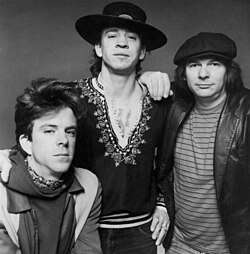 Stevie Ray Vaughan’s “Crossfire”: A Short Life, a Legendary Sound
Stevie Ray Vaughan’s “Crossfire”: A Short Life, a Legendary Sound
 The Perfect Halloween Playlist: 20 Songs to Make Your Spooky Season Unforgettable
The Perfect Halloween Playlist: 20 Songs to Make Your Spooky Season Unforgettable
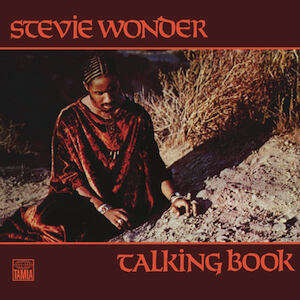 Stevie Wonder’s Talking Book: The Album That Defined a Legend
Stevie Wonder’s Talking Book: The Album That Defined a Legend
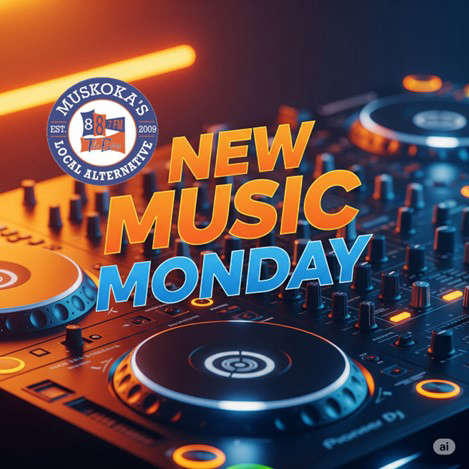 New Music Monday: The Crunch of Autumn's Soundtrack
New Music Monday: The Crunch of Autumn's Soundtrack
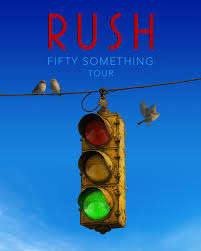 Rush Announces “Fifty Something” Tour with Canadian Dates in 2026
Rush Announces “Fifty Something” Tour with Canadian Dates in 2026









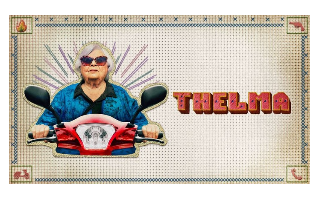

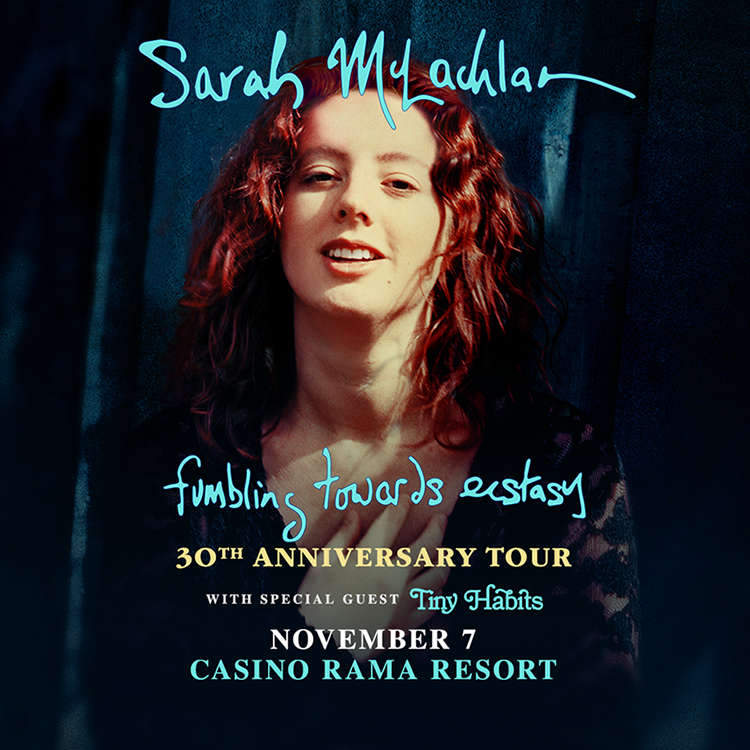

Comments
Add a comment